News & Insights
The digital future of arts venues
Discover the catalysts behind the digital transition in arts venues and the 7 key technologies fueling immersive, interactive experiences.
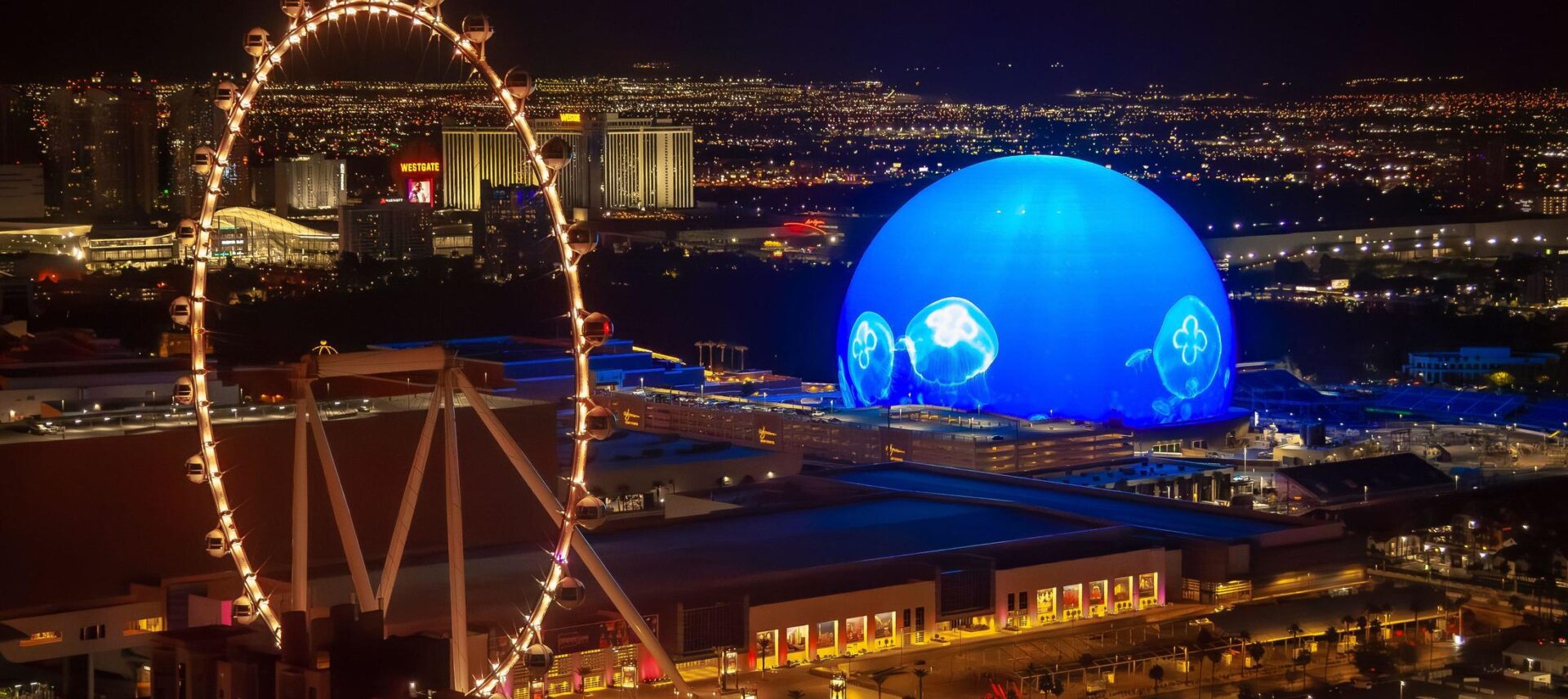
Digital technology has transformed arts venues into immersive, interactive, and adaptive environments. This shift has not only enhanced the artistic and entertainment experience for audiences but also offers creators new realms of possibility. Salas O’Brien examines how technology and design have converged to redefine the future of arts venues.
What does the digital transition in arts venues look like?
The evolution from one-way broadcast technologies like television and film to interactive digital platforms has significantly transformed audience expectations. No longer passive observers, audiences now actively participate, interact with, and influence the art and entertainment they consume. The accessibility and scale of technology is driving new levels of interactivity and personalization, enhancing immersion and engagement. Most importantly, these advancements are enticing people out of their living rooms and into the seats of the venues.
While immersion and audience interaction are not new concepts, digital technology has created new opportunities for performance venues necessitating substantial change in the supporting infrastructure. Traditional venues are being retrofitted with advanced technological capabilities, including overall capacity of wireless networking in venue for customer experience (front of house) in parallel with fiber optic infrastructure for the transport of large amounts of data related to the performance and back of house areas. Augmented and virtual reality systems, immersive audio/video, and haptic systems are also being added. Meanwhile, newer venues are being designed from the ground up with these technologies in mind. They feature flexible spaces that can be easily adapted for different types of interactive and immersive experiences from the main venue to pre- and post-show.
The integration of digital technologies enhances operational efficiency and audience engagement, creating dynamic environments for both audiences and creators. This enables a range of experiences, from intimate, customized events in small settings to larger-than-life productions in stadium-sized venues.
7 key technologies driving immersive and interactive experiences in arts venues
This section explores the key technologies facilitating immersive and interactive experiences. As arts venues increasingly integrate advanced digital technology to respond to consumer demand and push the edge of what’s artistically possible, the boundaries between the physical and digital worlds blur, captivating and engaging audiences in innovative ways.
Architectural LED
The decreasing costs of large format LED display technology has made it increasingly popular for architectural use making it possible to put graphics, motion, and light anywhere. This includes innovations such as video mesh that can wrap entire buildings, flexible and transparent OLED displays, and LED screens covering floors, ceilings, and walls, turning any surface into a vibrant video canvas. These advancements allow designers to create immersive environments that can transform the ambiance of any venue, making every corner an opportunity for artistic expression and interaction. This expansive digital video canvas offers arts organizations new opportunities to engage a younger, digitally connected audience. It provides a higher level of customer engagement while blurring the lines between content creation, marketing, and revenue generation.
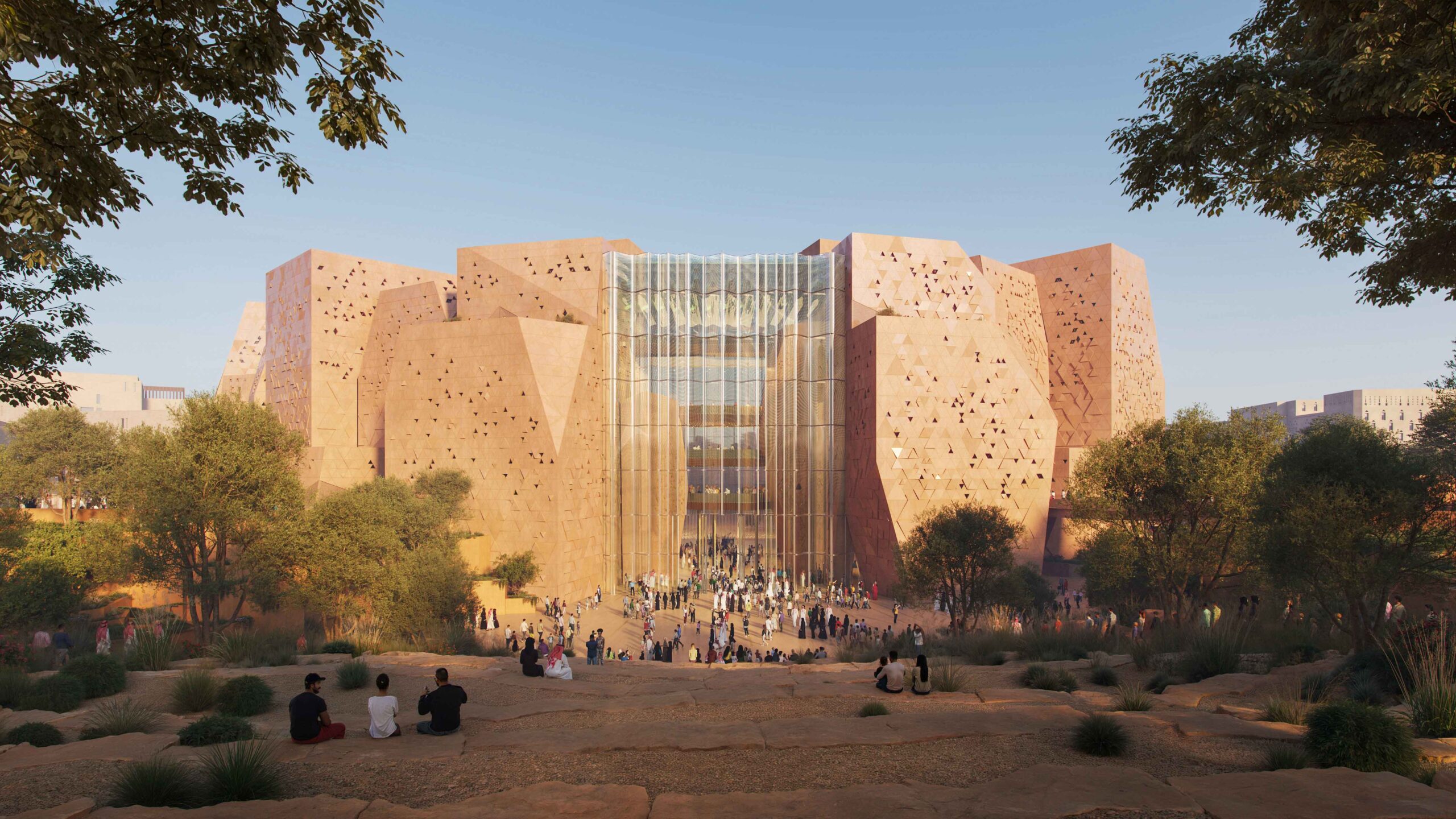
Next generation projection systems
Projection mapping has been employed in theaters, historic buildings, concert halls, museums, and other venues, with a readily recognizable example being on the sails of the Sydney Opera House. While the technology has been in use for over 20 years, the creativity in how it is used is growing globally. Projection mapping brings art to life in unexpected places, such as building exteriors, landmarks, arena floors, and other public spaces. The addition of sensors and motion capture allows projections to respond to movements in the display area and has added an interactive dimension, making it popular in museums, children’s hospitals, and for pre-show entertainment.
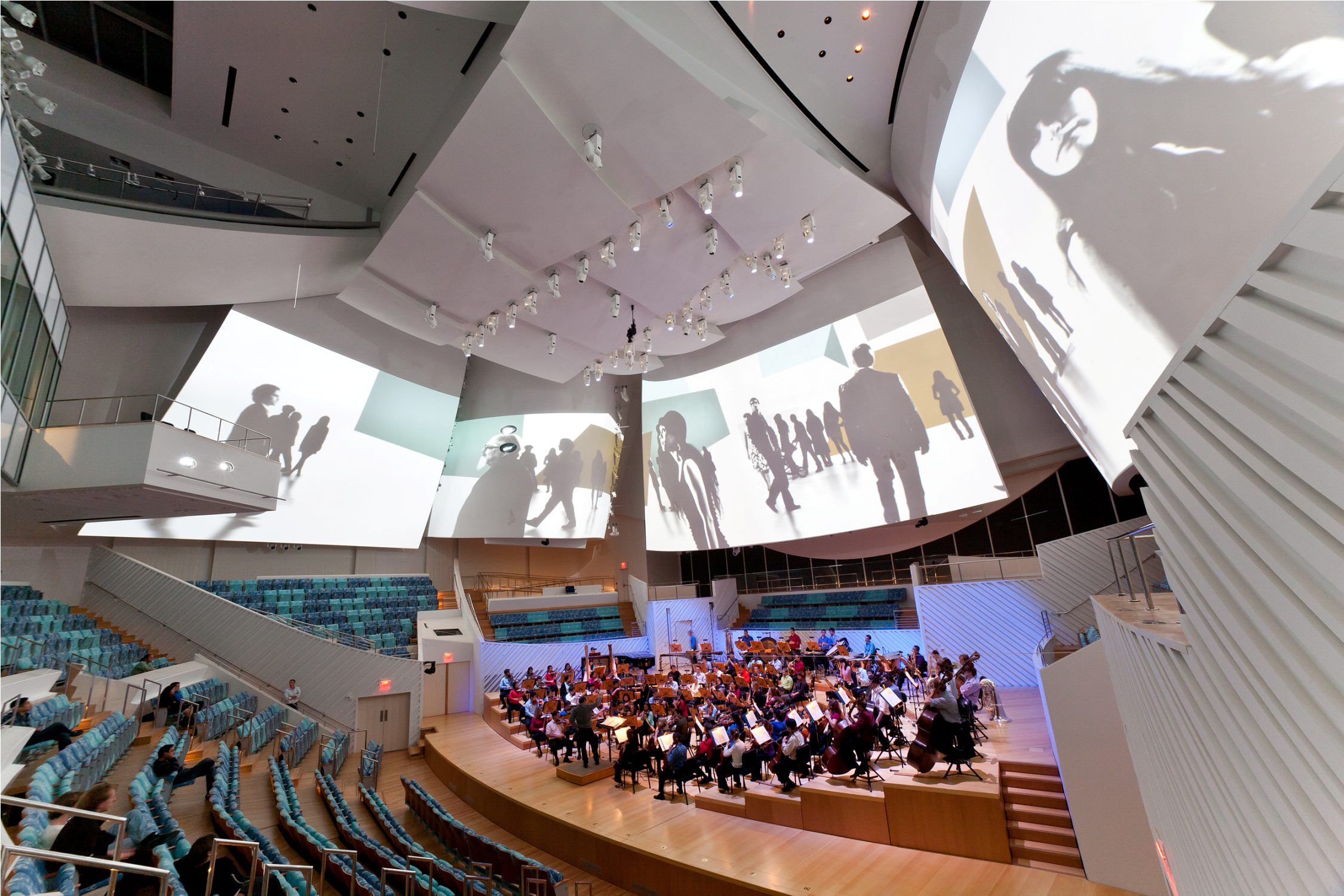
Extended Reality (xR)
Extended reality (xR) technology blends virtual and physical worlds using augmented reality (AR) and mixed reality (MR) in live production environments to create fully immersive experiences. Companies like Disguise provide content delivery platforms that enable creators to seamlessly integrate digital elements into physical spaces. xR technology is being used to transform stage productions, concerts, and art installations by overlaying interactive digital content onto real-world settings. For instance, in both live theater and on set, actors are performing against dynamic virtual backdrops. Similarly, musicians can enhance their concerts with virtual effects that envelop the audience, creating a multi-sensory experience that extends the physical stage.
Wearables
Wearable technology trends like VR headsets and personal haptic feedback devices allow users to engage with art and performances on a deeper level. For instance, haptic wearables can simulate tactile sensations, enabling users to ‘feel’ elements of an experience. Additionally, wearables equipped with sensors can create collective experiences by synchronizing responses across a group of users. For example, during a live performance, wearables can respond to music or visual cues, creating a shared sensory experience that enhances collective engagement. These technologies not only enrich the sensory experience but also offer accessibility features for individuals with disabilities, making an experience more inclusive.
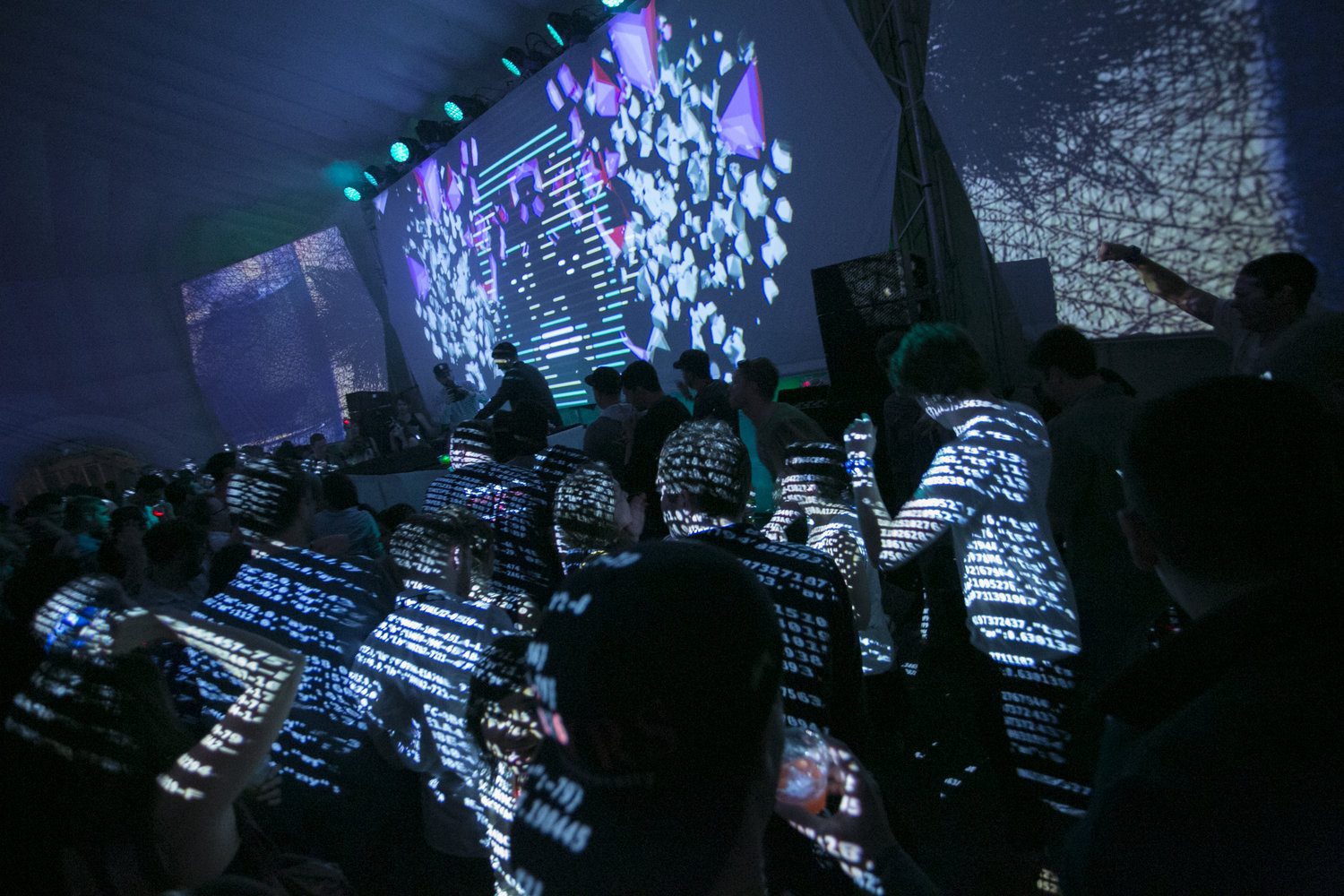
Immersive soundscapes
Immersive soundscapes use advanced technologies to create a multi-dimensional audio experience that envelops the listener, making them feel as though they are inside the sound. This can be achieved through spatial audio processing which allows sound to be perceived as coming from all directions. For instance, theatres can employ immersive sound systems that adapt to the movements of actors, enhancing the realism and emotional impact of the performance. Similarly, museums can use directional sound to guide visitors through exhibits, creating an engaging auditory journey that complements the visual displays.
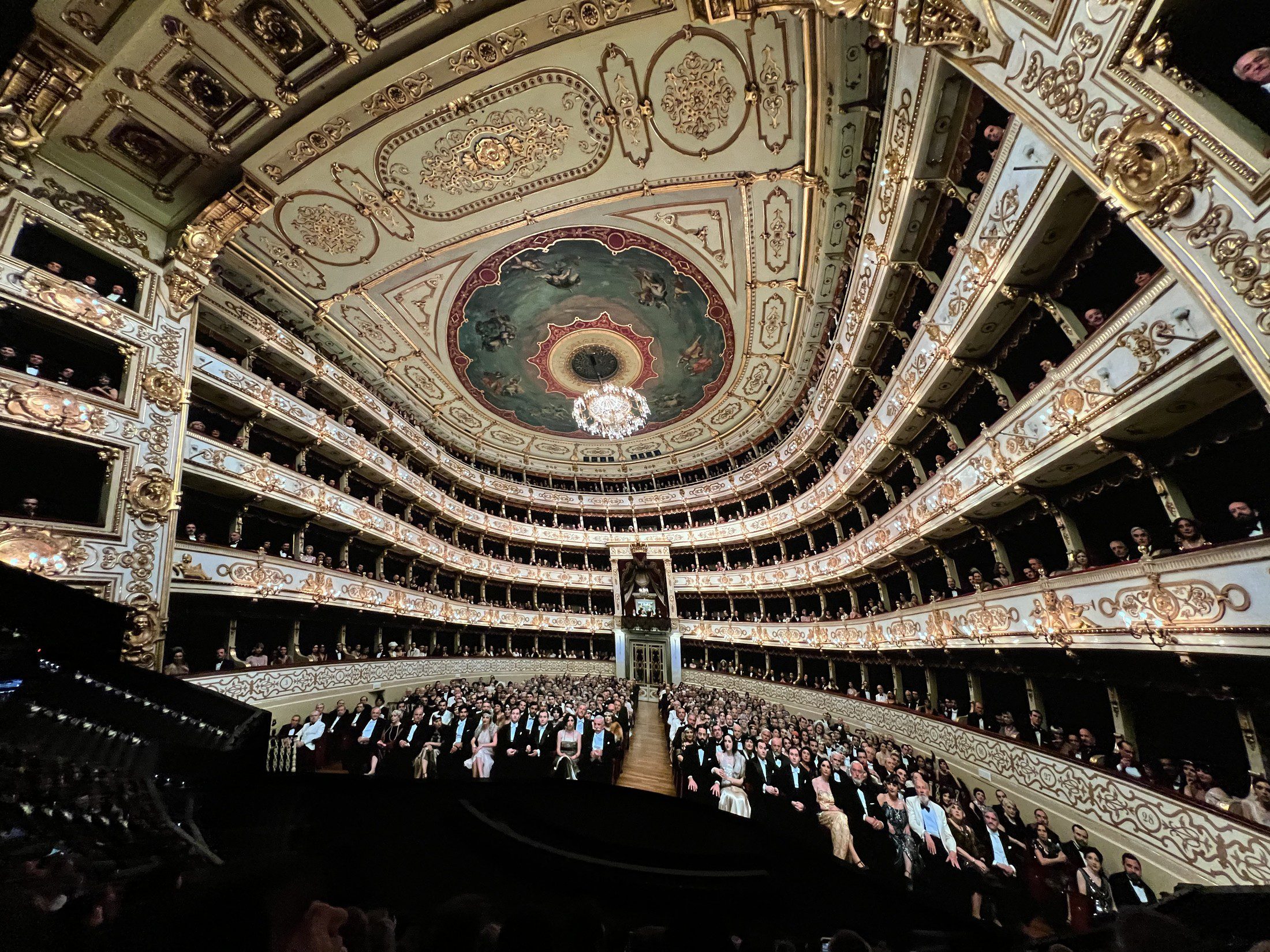
Dynamic lighting systems
Advanced lighting systems are now a cornerstone of creating immersive experiences in arts venues. These systems use programmable LED fixtures and intelligent control systems to create dynamic effects that can be synchronized with all aspects of a performance or installation. For example, lighting designers can change the mood and setting instantaneously anywhere within a venue, enhancing the narrative and emotional impact. In concert venues, lighting systems can be programmed to actively respond to the music, creating a visually synchronized experience that amplifies the energy and experience of the performance. Additionally, interactive lighting installations in public spaces and museums can engage visitors by responding to their movements and actions to create personalized and immersive environments.
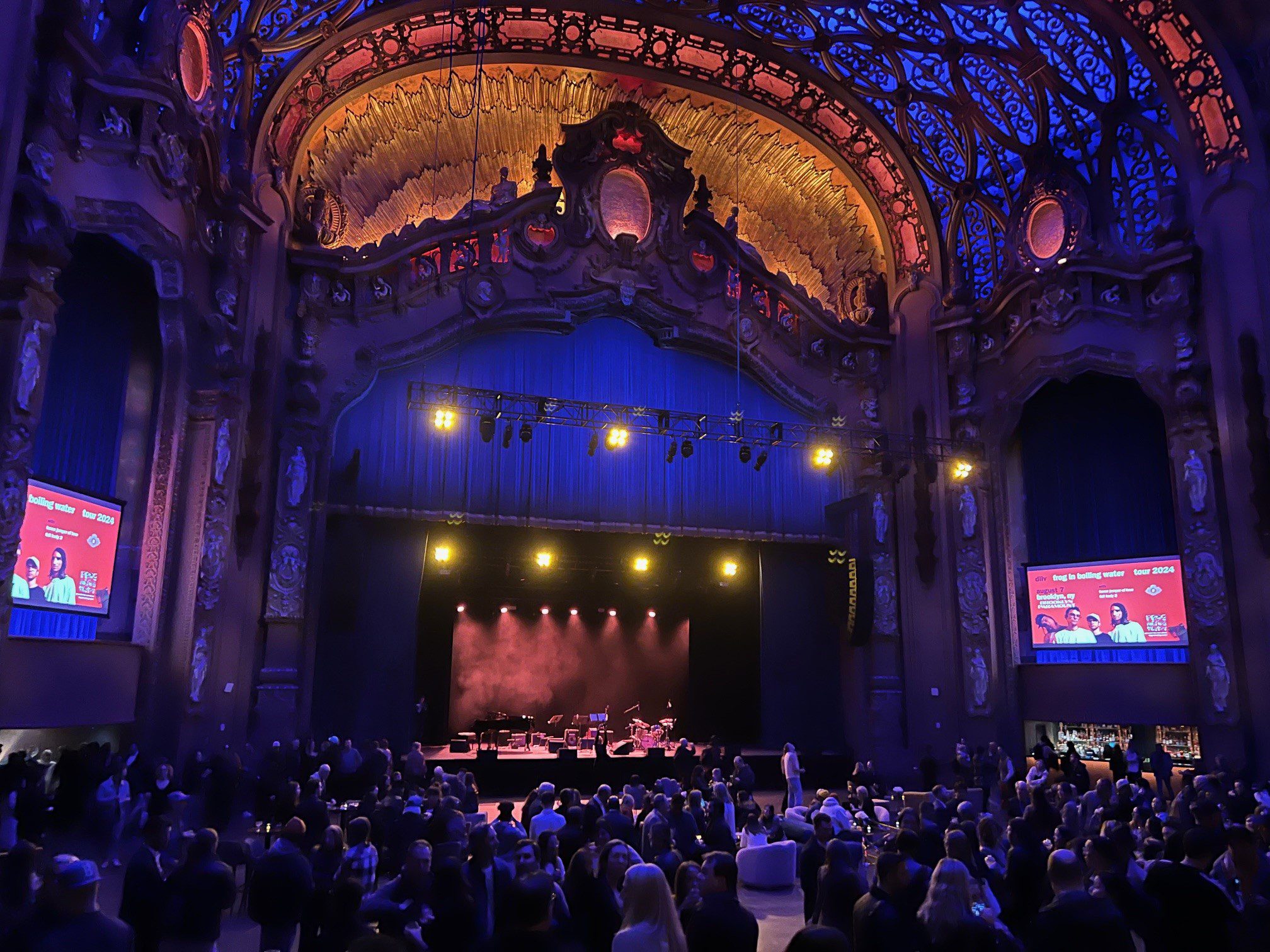
AI-facilitated content
To date, one of the limits for visual technologies like architectural LED walls and interactive projection was the expense and time involved in content creation. Now, creative designers have the capacity to use AI generative tools to go from concept to execution at incredible speed. This newfound capacity has exploded the possibilities in creating both visual and audible immersion allowing artists and designers to produce engaging journeys for audiences at every touchpoint.
By integrating these advanced digital technologies, arts venues can continue to innovate and create captivating experiences that push the boundaries of traditional art and entertainment.
Trends that will continue to grow with digital technology
As technology continues to evolve, several key trends are set to further transform the arts and entertainment landscape. These trends not only enhance the audience experience but also offer new opportunities for creators to innovate and engage with their audiences in more meaningful ways.
Co-creation of the experience
One of the most exciting trends is the co-creation of experiences, where audiences actively participate in shaping the event. We are just starting to see this with the use of interactive devices like bracelets, wands, and other wearables. While much of the communication in these devices is currently one-way, there are emerging instances where bi-directional communication shapes the experience. For example, Jaguar hired Lightwave—an early pioneer in biometric wristbands—to turn one of the quietest sporting events into a reason to get the world talking. By installing ambient sensors throughout the Wimbledon grounds and deploying wearables onto spectators, they quantified what it felt like to experience the championships. The Lightwave activation won Jaguar the highest social share of voice of any brand throughout the tournament and gave fans the ability to see their shared emotional experience. This trend of using bi-directional wearables so the audience impacts the experience will continue.
Venue-specific enhancements
Venues themselves are evolving to offer unique, heightened experiences tailored specifically to their spaces. By integrating advanced technologies, venues can transform the way audiences interact with the environment. For instance, the Notre-Dame Basilica de Montréal has permanent digital technology for the Aura show that entirely transforms the historic venue. Similarly, Sphere in Las Vegas features an exterior LED mesh that makes it both dynamic and instantly recognizable. Cosm in Los Angeles features a high-tech LED display that covers the entire interior, creating an immersive visual and auditory experience unique to that venue.
Personalization at scale
Personalization is another significant trend, with venues increasingly incorporating technologies where people can opt-in for curated personal experiences. This can range from personalized lighting and soundscapes to customized content recommendations. For example, museums are using mobile apps that provide personalized tours based on visitor interests, guiding them through exhibits that align with their preferences. In theaters, AI-driven systems are adjusting the lighting and sound levels based on real-time audience feedback, creating a more tailored experience. This level of personalization creates the opportunity for each audience member to feel uniquely catered to, enhancing their overall engagement and satisfaction.
Interaction beyond the venue
Many live events now offer the option of attending virtually, expanding access and creating hybrid experiences that blend physical and digital attendance. Events like Coachella Live or Glastonbury’s Live At Worthy Farm allow fans to participate from anywhere in the world, streaming performances in real time and providing interactive features such as live chats and virtual meet-and-greets. Additionally, virtual reality (VR) concerts and theatrical performances enable remote audiences to experience events as if they were physically present, further blurring the lines between physical and digital spaces. Expect interactions with virtual participants to continue to increase beyond simple streaming.
How Salas O’Brien helps arts venues with digital technology
Salas O’Brien’s technology and theatre consultants specialize in venue design and implementing digital technology. We can work with you to translate your vision for audience engagement and revenue generation into the technologies that facilitate it.
Digital technology requires an extra layer of complexity and coordination. Whether retrofitting an existing venue or designing from the ground up, you need a trusted partner who understands your vision and has the skills to realize it in the real world. From initial concept development through to final commissioning and testing, Salas O’Brien has the experts in place to design the next generation technology and theatrical systems for audience engagement.
Please reach out to one of our contributors below to discuss leveraging digital technology for your venue.
For media inquiries on this article, reach out to Stacy Lake, Director of Corporate Communications.

Craig Janssen, LEED AP
Craig Janssen helps leaders navigate audience engagement and technology shifts. A theatre space and technology designer for high-attendance venues, Craig has led thousands of group discovery and design meetings touching well over 10 billion in construction dollars for the spaces where people gather to share experiences. He leads the acoustics, theatre, and technology team for Salas O’Brien and serves as a Managing Principal. Contact him at [email protected]

Kevin Hodgson, MFA, CTS
Kevin Hodgson has over 25 years of experience in the audio/video and theatrical industry. He is responsible for the design/specification for a wide range of projects across multiple market sectors in the US. This includes project managing projects involving large scale multi-discipline technology implementations (AV, telecommunications, and electronic safety & security) and theatre equipment (theatrical lighting, draperies, and rigging systems). A graduate of State University of New York at Geneseo and the David Geffen School of Drama at Yale University he has extensive experience in the music and theatre industries as a musician, sound designer, and audio engineer. Kevin serves as Senior Vice President of Technology at Salas O’Brien. Contact him at [email protected]

Luke Krogness, CTS-D
Luke Krogness is passionate about providing exceptional user experiences. As an ambassador for emerging technologies, Luke seeks to enhance human connections through immersive technology. Since joining the team in 2017, Luke has specialized in managing projects with complex needs and infrastructure. Luke serves as a Project Manager and Consultant for Salas O’Brien. Contact him at [email protected].

Dan Schoedel, MET, LEED AP
Dan Schoedel is an entertainment lighting designer whose experience bridges theatres, entertainment venues, arenas, stadia, and other spaces where people gather to share an experience. A specialist in immersive environments, Dan works at the crossroads where new technologies merge to create innovative experiences. Dan has a Masters in Entertainment Technology from Carnegie Mellon University. Dan serves as a Senior Consultant at Salas O’Brien. Contact him at [email protected].